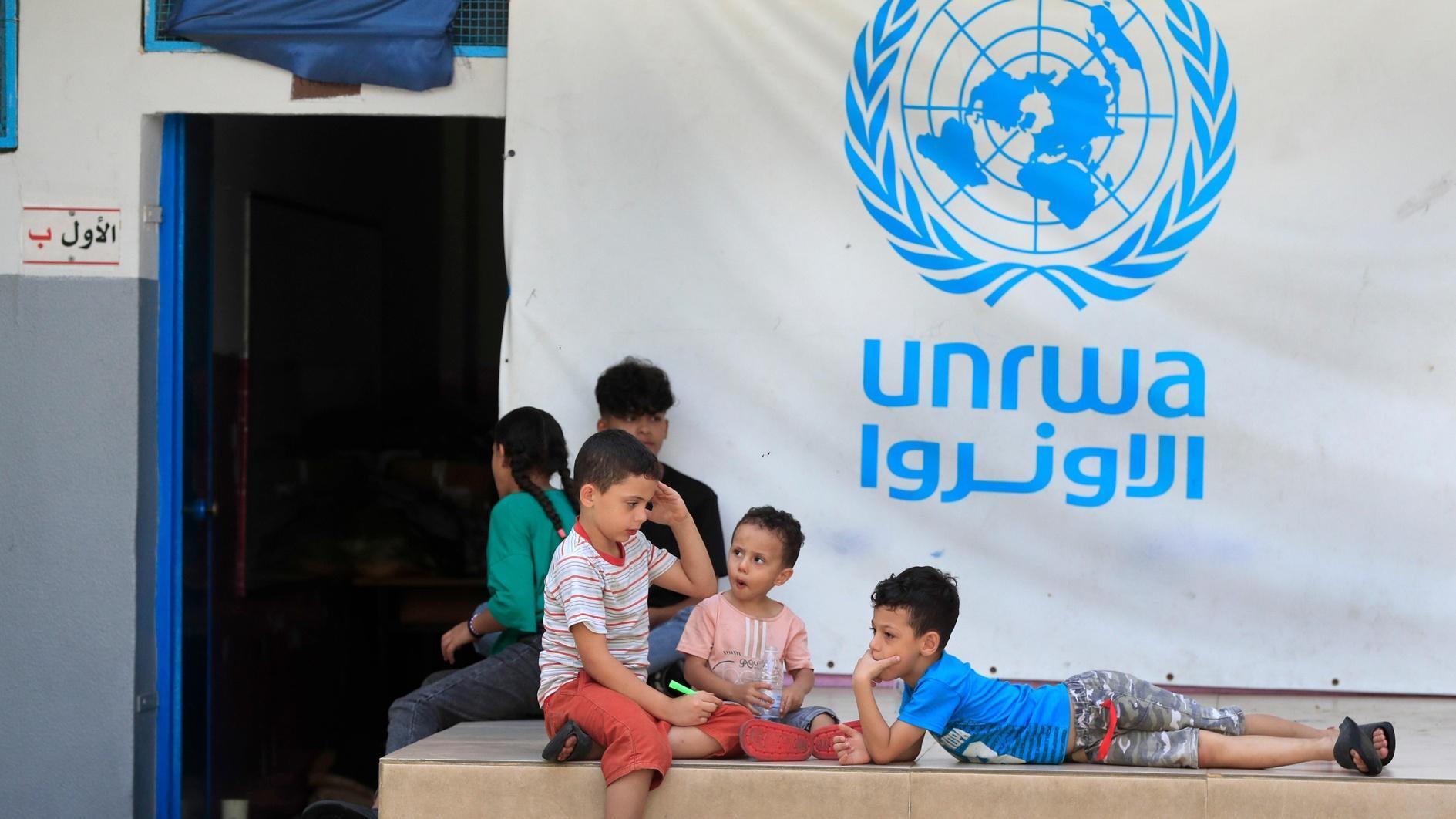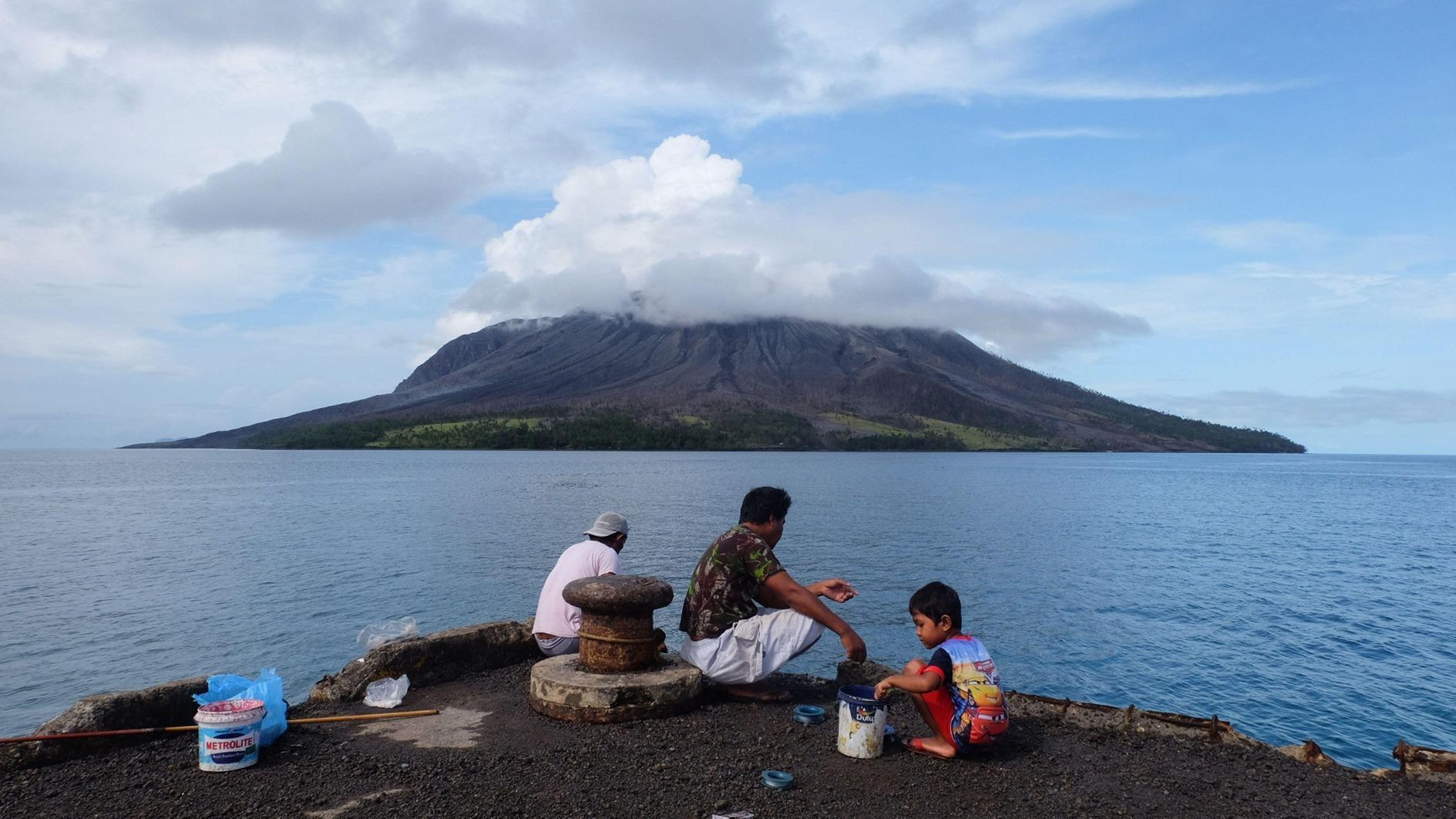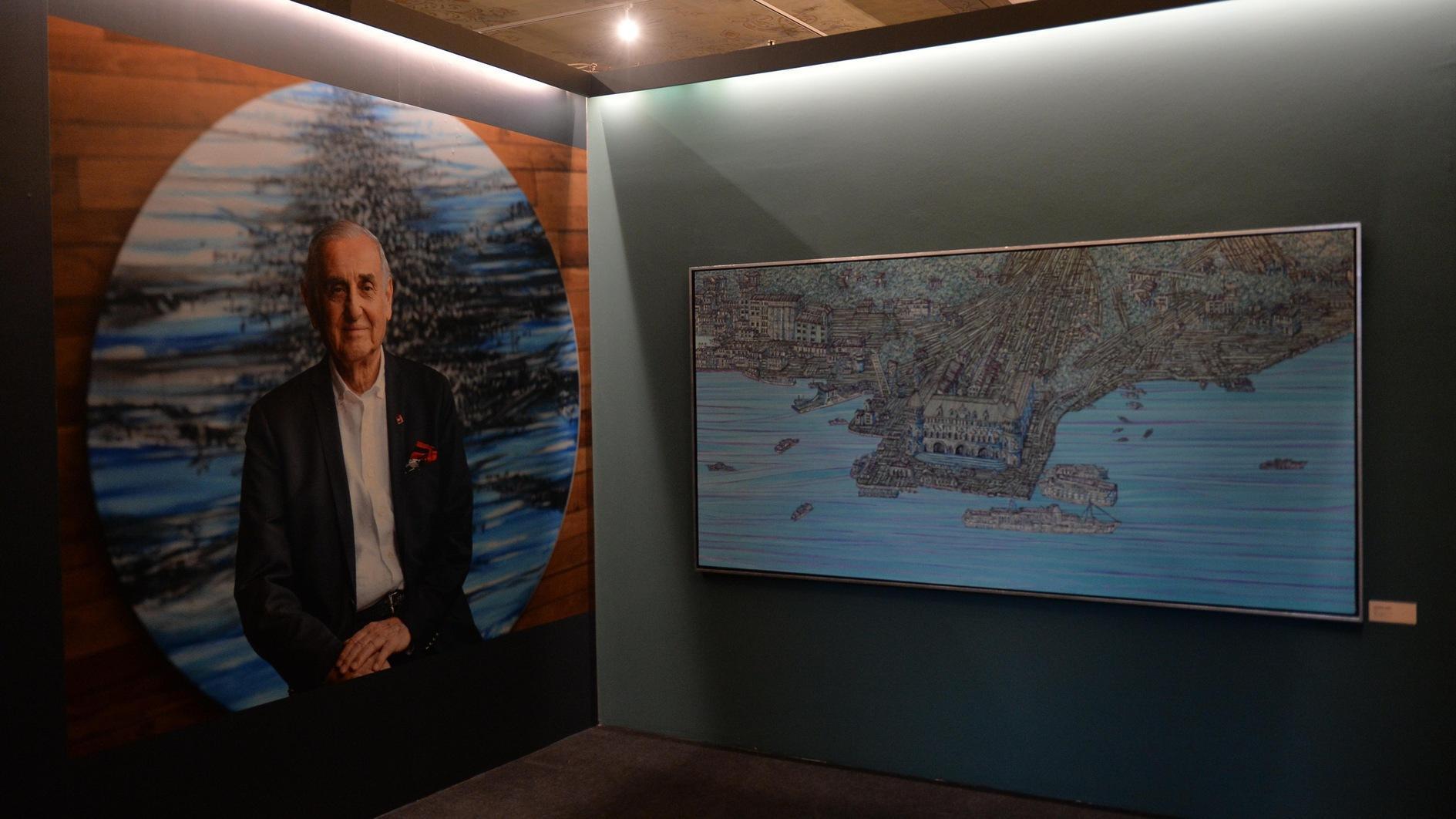Global forced displacement at an 18-year high
METİN ÇORABATIR
Today is World Refugee Day, but the global state of refugees is not a bright one yet. The United Nations High Commissioner for Refugees (UNHCR) warned that more people are refugees or internally displaced than at any time since 1994, with the crisis in Syria having emerged as a major new factor in global displacement.UNHCR’s new Global Trends report shows that as of the end of 2012, more than 45.2 million people were in situations of displacement. This includes 15.4 million refugees, 937,000 asylum seekers and 28.8 million people forced to flee within the borders of their own countries. Asylum is granted to people fleeing persecution or serious harm in their own country and therefore in need of international protection. Asylum is a fundamental right; granting it is an international obligation, first recognized in the 1951 Geneva Convention Relating to the Status of Refugees. The way the countries treat refugees and asylum seekers is a measure of their level of democracy.
According to the UNHCR’s report, war remains the dominant cause of the recent increase in numbers. A full 55 percent of all refugees listed in the report come from just five war-affected countries, namely Afghanistan, Somalia, Iraq, Syria and Sudan. The report also charts major new displacement from Mali, in Democratic Republic of the Congo and from Sudan into South Sudan and Ethiopia, the report said. “These truly are alarming numbers, reflecting the difficulties of the international community in preventing conflicts and promoting timely solutions for them,” said Antonio Guterres, the UNHCR’s chief. Mr. Guterres’ worries are substantiated by evidence that the gap between richer and poorer countries in hosting refugees is a continuing. Developing countries host 81 percent of the world’s refugees.
Europe has been traditionally generous to refugees. However, since the middle of the 1970s EU countries have attempted to build a castle around the union’s borders to prevent irregular migration flows. By the late 1990s, the EU felt the need to have a joint effort among the member states to guarantee high standards of protection for refugees. With this in mind, the EU states had committed to establishing a Common European Asylum System. According to EU sources, in 2012, there were 335,895 applications in the EU area.
Since 1999 the EU has been working to create the Common European Asylum System (CEAS) and improve the current legislative framework. Within the framework of these attempts, the European Parliament amended last week the EU legislation on asylum. The changes have been generally welcomed. The ultimate objective of these changes is a uniform asylum system that is valid across the EU. This would ensure that regardless of the member state in which an application for international protection is lodged, the application should receive the same treatment.
The Turkish asylum system currently faces serious challenges. Happily, in April 2013, Parliament adopted a law on asylum. Although the Law on Foreigners and International Protection maintains Turkey’s geographical limitation to the 1951 Convention, it was welcomed as a progressive act. Guterres welcomed the law “as a reflection of Turkey’s strong commitment to humanitarian values and principles.”
Turkey is now hosting 40,000 non-Syrian refugees. These refugees originate from Afghanistan, Iraq, Iran and Somalia. In addition, about 400,000 Syrian refugees are residing in camps and in urban settings.
As we commemorate World Refugee Day, the years ahead will remain a test ground for international community in solving this human suffering.
Metin Çorabatır, Refugee and Migration Research Centre (IGAM)











